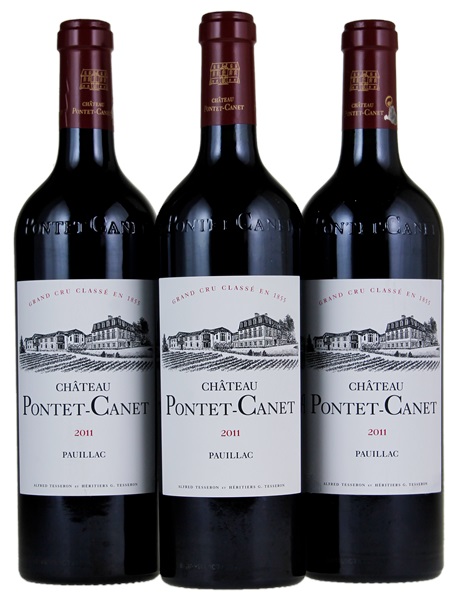Estimate


A wine with lots of ripe berries, verging on dried fruits. Full and chewy with ripe, round, chewy tannins. It needs lots of bottle age. A wine of steel. From biodynamically grown grapes, as always.
The palate is medium-bodied and remains understated on the entry, perhaps exaggerated by the exuberance of the nose. However, there is no question that this is a refined, pure and seamless Pontet-Canet...
This cuts a broad swath, with prominent notes of espresso and ganache leading to the core of crushed plum and blackberry confiture. Lush, with the ganache edge joining a loamy hint to underscore the finish.